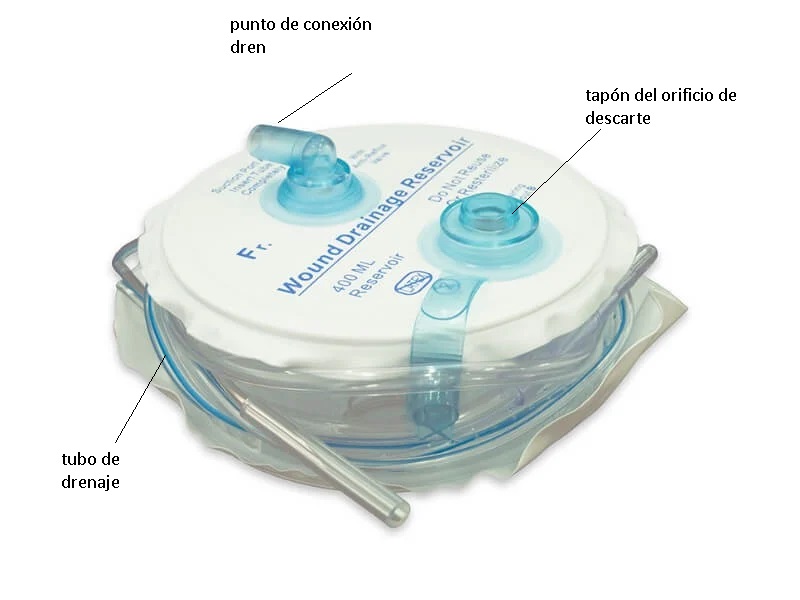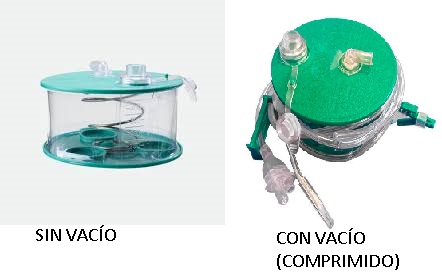
Surgeons generally leave drains in the body after breast surgery, abdominoplasty, brachioplasty, thighplasty, facelift, this in order to avoid accumulation of fluids within the body, such as blood or water.

Usually a drain consists of 3 parts:
1. Reservoir
2. Dispose hole plug
3. Drain tube
1. Usually the reservoir is the place where the liquid that has drained after surgery accumulates, it has marks to know the amount of ml (milliliters) that has drained.
2. The discharge plug allows two functions
a.) Uncap the reservoir to discard or eliminate accumulated fluid
b.) Seal the drain void
3. Drainage tube, it is where the liquids flow from the body to the reservoir.
How to know if the drain is working correctly?
a.) It can be seen that as time passes, the reservoir has more and more fluid
b.) When the discharge plug is uncovered, the reservoir is inflated, and when the reservoir is squeezed and the discharge plug is occluded (without ceasing to compress the reservoir) it remains compressed.
c.) It is possible to see the flow of fluid through the drain tube

Every day at the same time (for example, at 10 am) the liquid drained in the last 24 hours must be discarded, and the amount of liquid discarded must be noted, for this we can look at the marks of the reservoir to determine the number of milliliters accumulated. In addition, the characteristics of the drained liquid should be noted, these can be: dark red, light red, light yellow